
Maximizing Asset Lifespan with Regular NDT Inspections
In the competitive world of construction and engineering, Non-Destructive Testing (NDT) plays a crucial role in extending the lifespan and reliability of critical assets. By utilizing techniques such as Ultrasonic Testing, Radiographic Testing, and Magnetic Particle Testing, engineers and project managers can detect potential issues early, reduce maintenance costs, and enhance safety. Regular NDT inspections not only prevent costly repairs and replacements but also ensure compliance with industry standards, ultimately leading to more efficient and reliable operations.

How Ground Penetrating Radar is Transforming Construction Projects
Ground Penetrating Radar (GPR) is revolutionizing the construction industry by offering a safer, more efficient, and non-invasive method for subsurface investigation. This advanced technology provides detailed imaging of what lies beneath the surface, allowing engineers and property managers to make informed decisions, minimize risks, and avoid costly project delays. With applications ranging from utility locating to structural analysis and archaeological surveys, GPR is transforming construction projects by enhancing safety, reducing environmental impact, and optimizing outcomes. As GPR technology advances, its role in modern construction will continue to expand, driving success in an increasingly complex landscape.

Preventing Crane Collapses: The Critical Role of NDE
Non-Destructive Engineering (NDE) is a vital practice in the construction and heavy industry sectors, playing a crucial role in preventing crane collapses. As cranes operate under extreme stress and heavy loads, even minor flaws can compromise their structural integrity, leading to catastrophic failures. Through advanced NDE techniques such as Ultrasonic Testing, Radiographic Testing, and Eddy Current Testing, engineers can detect hidden defects, corrosion, and other potential risks without damaging the equipment. Regular NDE inspections are essential for maintaining crane safety, extending their service life, and ensuring that operations proceed without incident. By integrating these cutting-edge technologies into maintenance routines, the risks of crane collapses can be significantly minimized, safeguarding both lives and property.
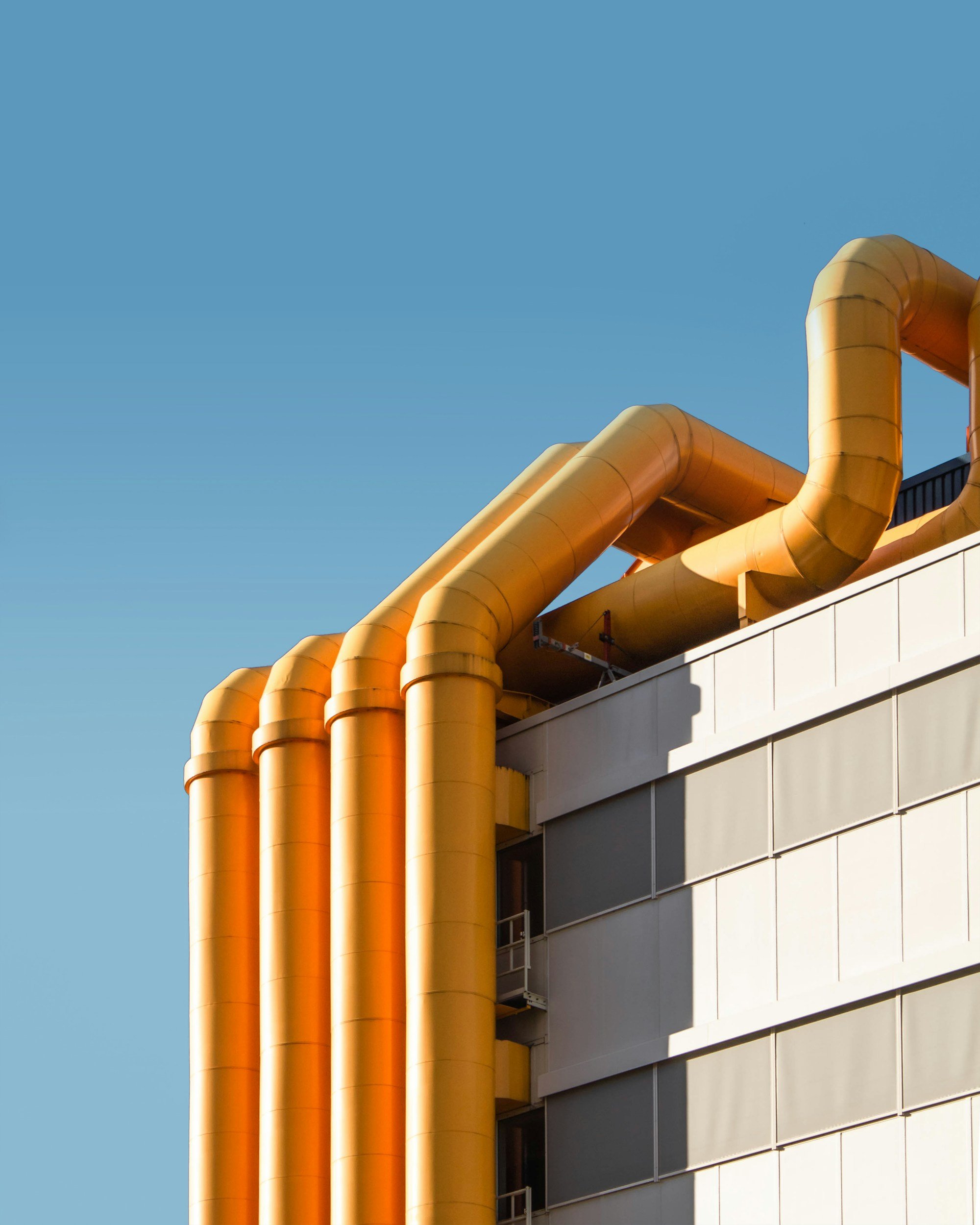
Optimizing Facility Maintenance with NDT
Investing in NDT not only protects the integrity and functionality of facilities but also contributes to long-term operational efficiency. As technology continues to advance, NDT will remain an indispensable tool in the quest for optimized facility maintenance, offering innovative solutions to the challenges faced by today’s engineers and property managers.
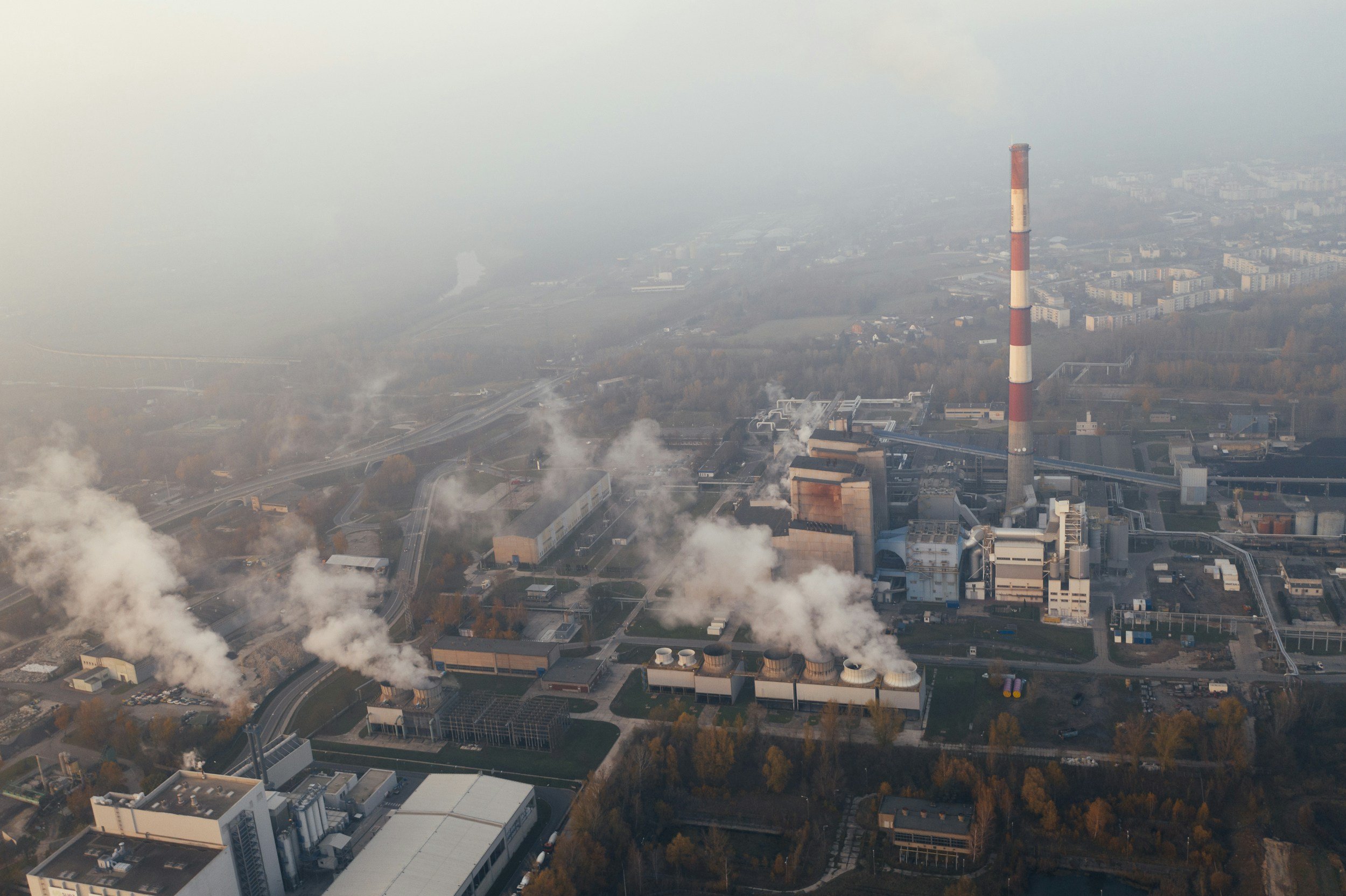
Detecting Contaminants in Construction Sites with NDT
NDT encompasses a range of techniques used to evaluate the properties of materials, components, or systems without causing damage. For construction sites, NDT offers several methods to detect contaminants effectively.

Ensuring Workplace Safety and Avoiding Contamination on Job Sites: The Role of GPR and NDT
Integrating GPR and NDT into safety protocols significantly enhances workplace safety and contamination control on job sites. These technologies provide crucial insights into subsurface conditions and material integrity, allowing for proactive risk management and maintenance. By leveraging GPR and NDT, industries can create safer, cleaner, and more efficient job sites, ultimately protecting both workers and the environment.
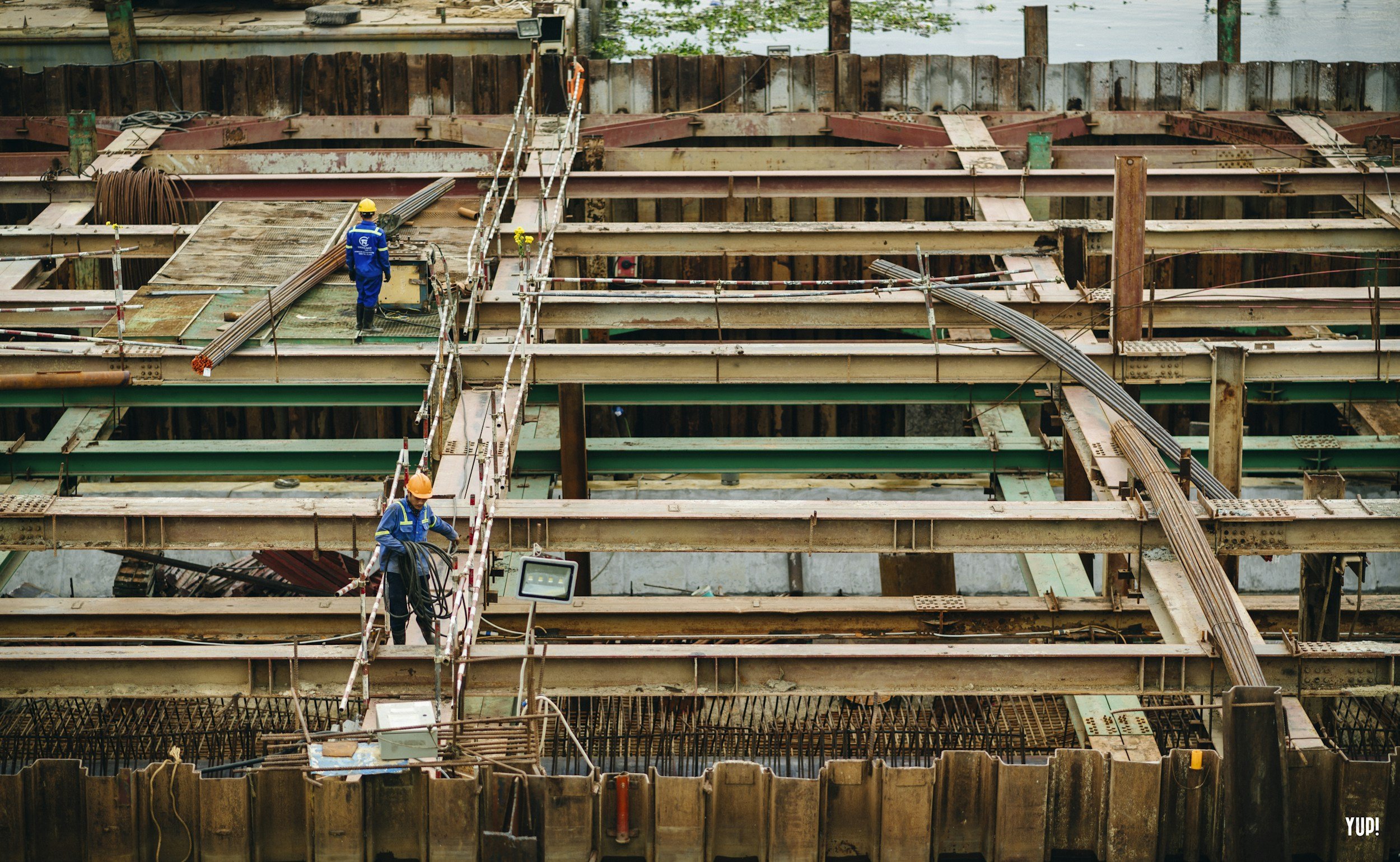
The Future of Non-Destructive Testing: Innovations and Trends
The development of advanced imaging technologies such as 3D imaging and digital radiography is revolutionizing NDT. These methods provide detailed visuals, allowing for more precise defect detection and analysis. High-resolution images facilitate better decision-making, ensuring structural integrity and safety.

How to Ensure the Safety of Partition Doors and Glass Walls as Offices
Through the utilization of GPR and the creation of precise layouts, structural engineers can enhance the efficiency and safety of partition door and glass wall installations in office buildings. This proactive approach minimizes the risk of structural issues and ensures that the installation process aligns with the building's architectural and safety standards.
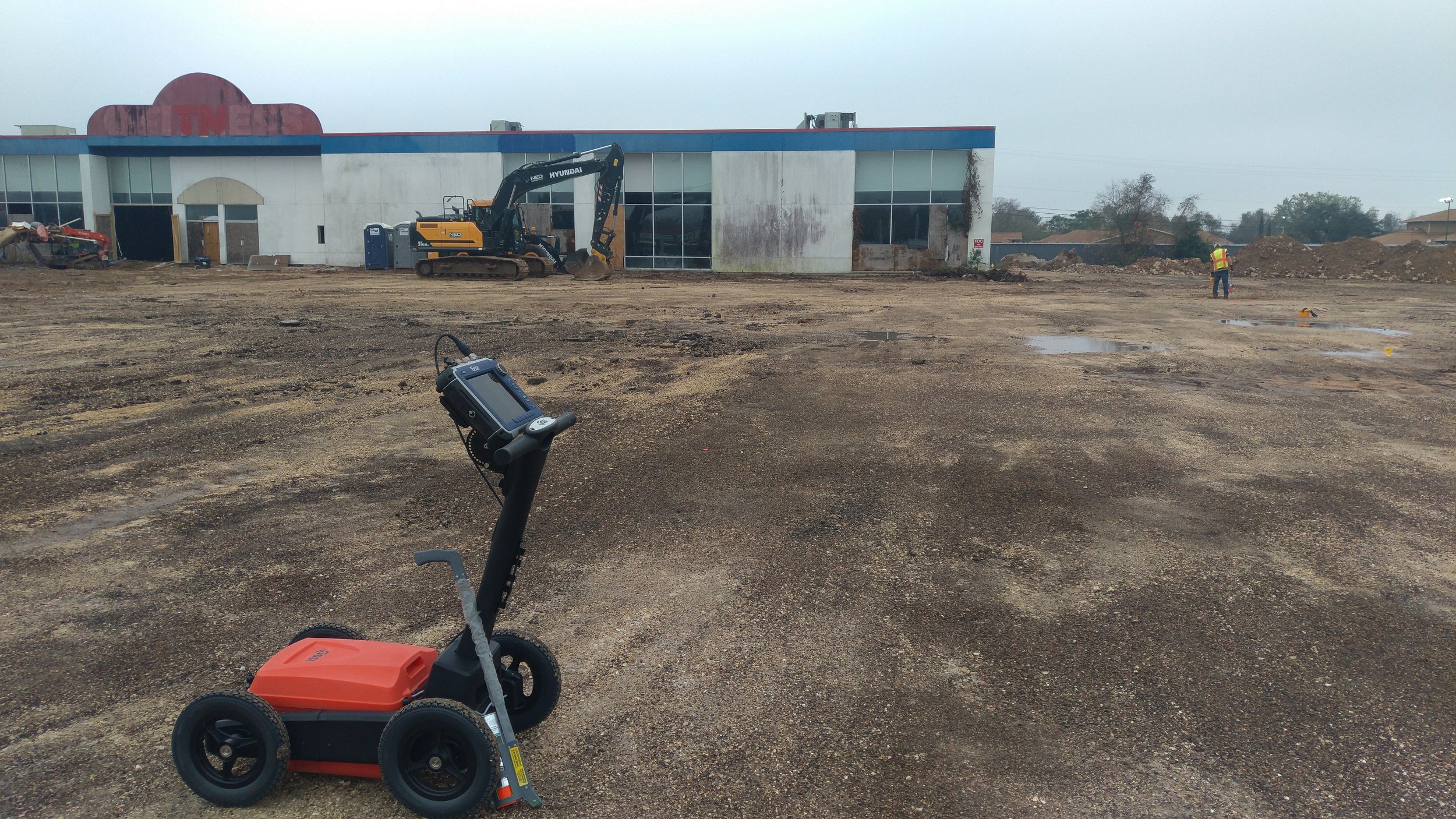
The Power of Ground Penetrating Radar and Tips to Avoid Lawsuits
Ground penetrating radar is a geophysical method that employs radio waves to penetrate the ground and bounce back when they encounter subsurface objects or structures with contrasting electromagnetic properties.
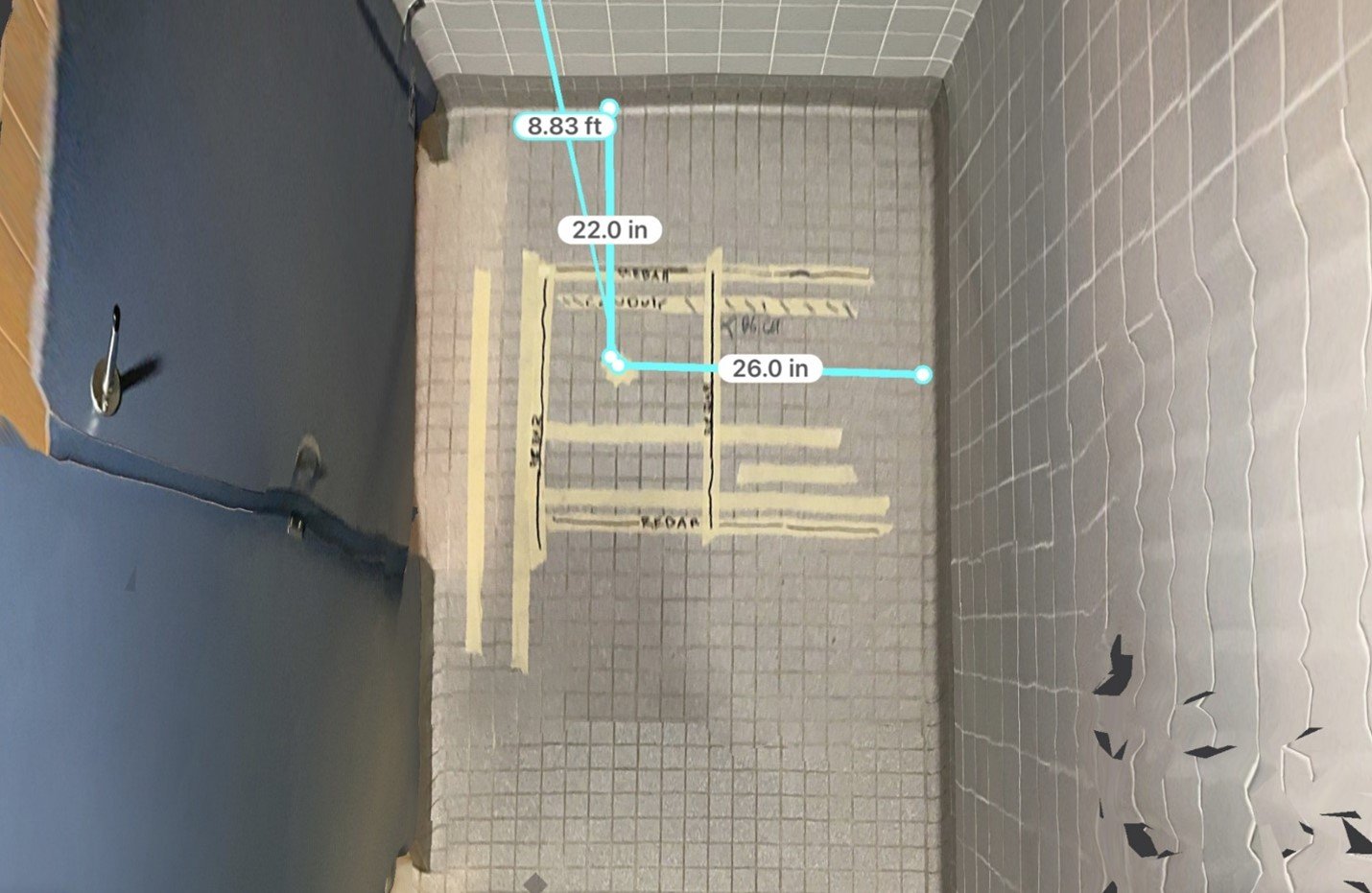
Core Location Scanning and Documentation, “23rd Century Style”
OmniVueNDT is a forward thinking company. We are doing business in a different way. Giving more information to our clients should not always mean raising the price. The following images show a precisely scanned GPR image in 3D mode that was used to clear coring location to support a plumbing project.

Documentation in a Different Way
OmniVueNDT has raised the standard and implemented LiDAR/Laser scanning in the general workflow to create a TrueView 3D measurable information system so the captured 3D image can be used in the reporting process.

PROJECT ENGINEERING SUPPORT
Wind turbine farms are becoming commonly used nowadays in the energy sector. They have the ability to produce GREEN energy by using the renewable energy source that is provided by nature. These giant energy producers are essentially installed and assembled on site. That means the parts are being transported with heavy duty semi-trucks on roadways. Each transport would introduce great load to the pavement of roadways that could cause permanent damage.
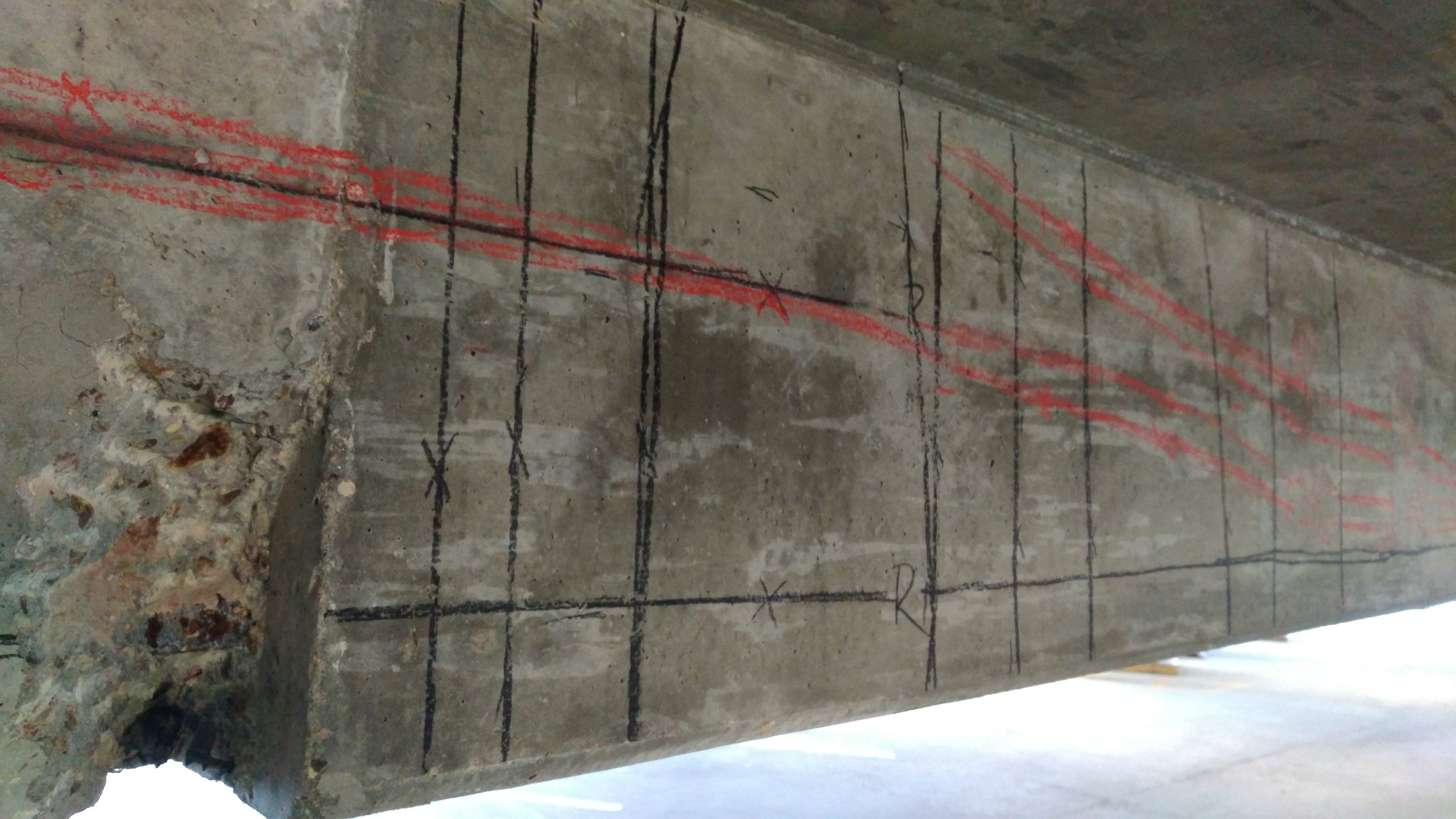
Post Tension Cable Project #2
GPR (Ground Penetrating Radar) is a useful tool for detecting and tracing out post tension cables in concrete structures therefore providing great support for structural repairs if it is needed.
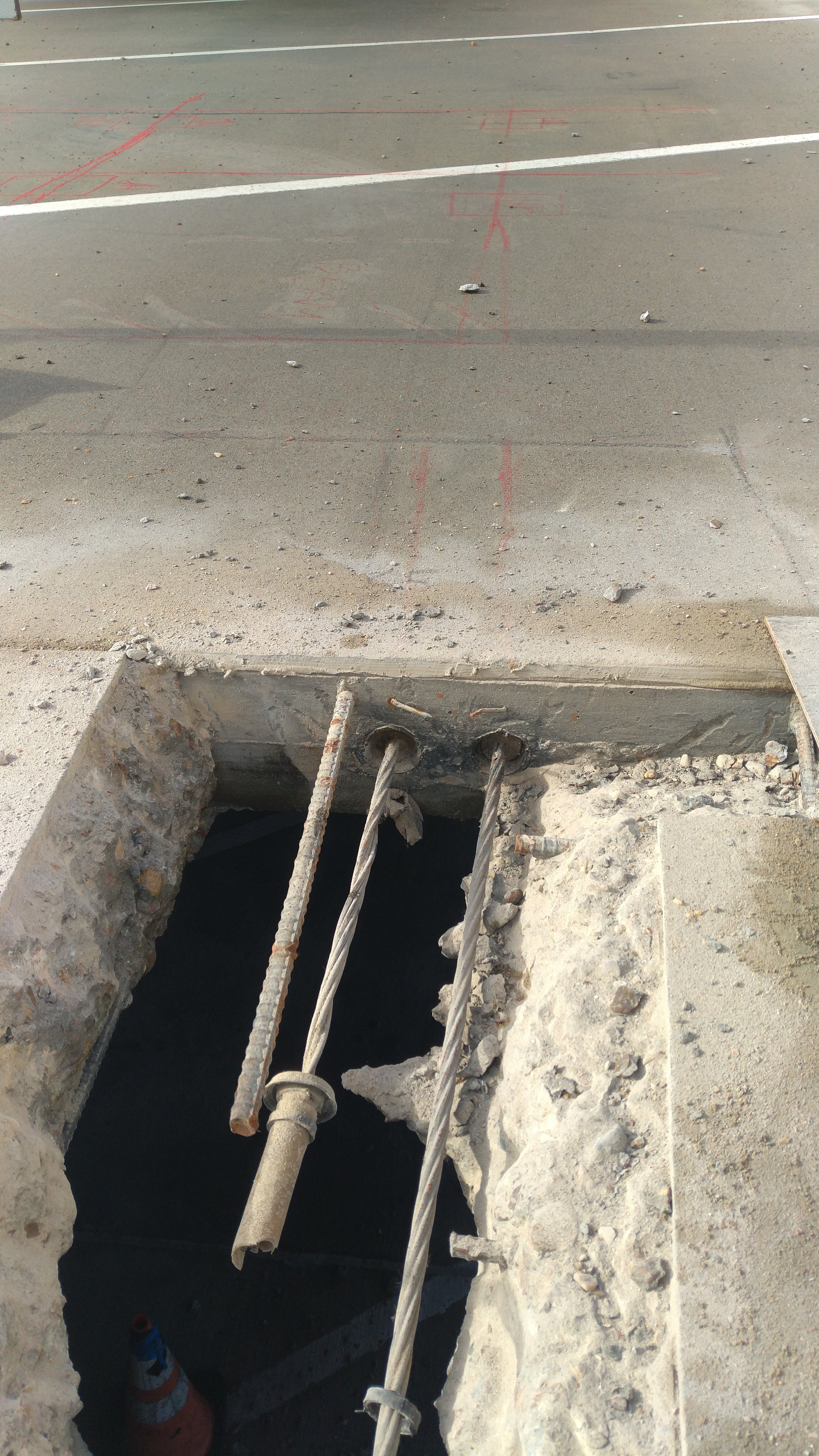
Post Tension Cable Project #1
Our dedicated concrete scanning crew performed comprehensive 3D scanning at multiple locations of the concrete slab and determined the layout of PT cables both in lateral and longitudinal directions, as well as the regular steel rebar reinforcement. We were also able to detect the location of PT anchors for further investigations and repair.


Aerial Imagery with UAS
Advanced thinking is a key factor of innovation. It has always been and is always going to be. Whether the flight mission is under Part 107 or a recreational flight the result is always the same to capture aerial photos for a reason.
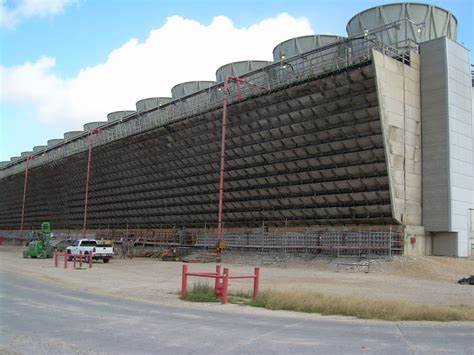
Cooling Tower Maintenance Support with NII
Cooling towers are playing an important and critical role at Refineries and Chemical Plants. Therefore it is crucial to maintain adequate conditions for the safe process. There are two ways of doing maintenance work. One is scheduled maintenance, and the other one is emergency maintenance.
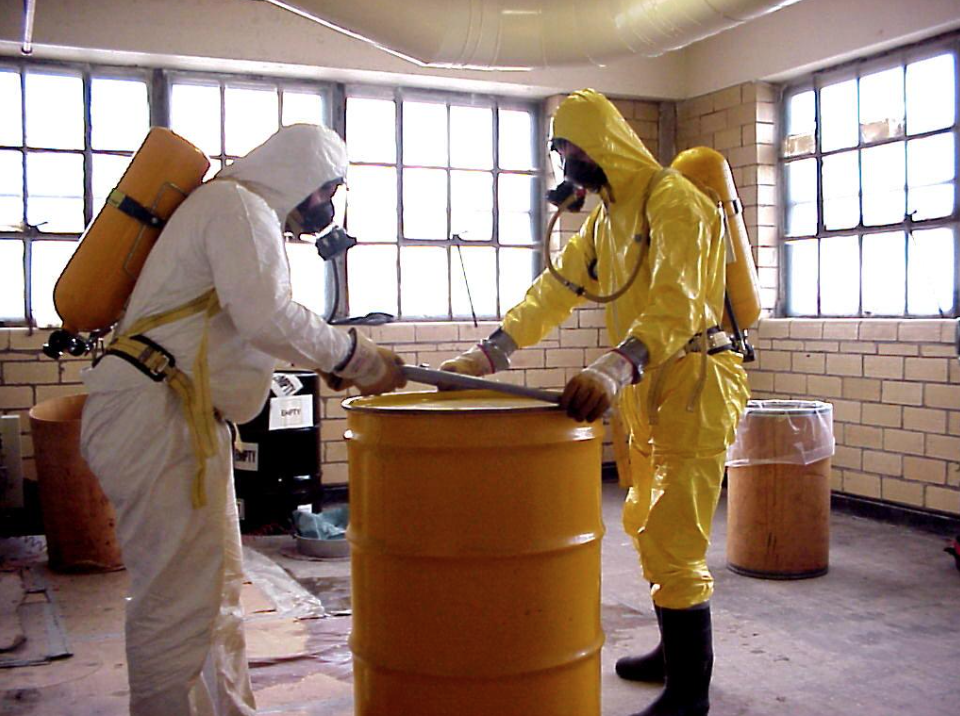
Soil Contamination – Biohazard Recognition
Hazardous and toxic waste management is a high priority in every Chemical Plants and Oil Refinery. Waste management and treatment is regulated and controlled by authorities, thus regulations must be followed accordingly. There are circumstances when this regulated process cannot be controlled. That is when accidents occur.

Subsurface Utility Investigation - SUI
A Subsurface Utility Investigation (SUI) is a complex and comprehensive type of investigation that requires thorough coordination and management. This investigation process is used on both commercial and industrial sites to map out and identify the location and position of underground pipes/utility lines in the most accurate way. OmniVueNDT has a knowledgeable and dedicated crew to perform such investigations and project management.
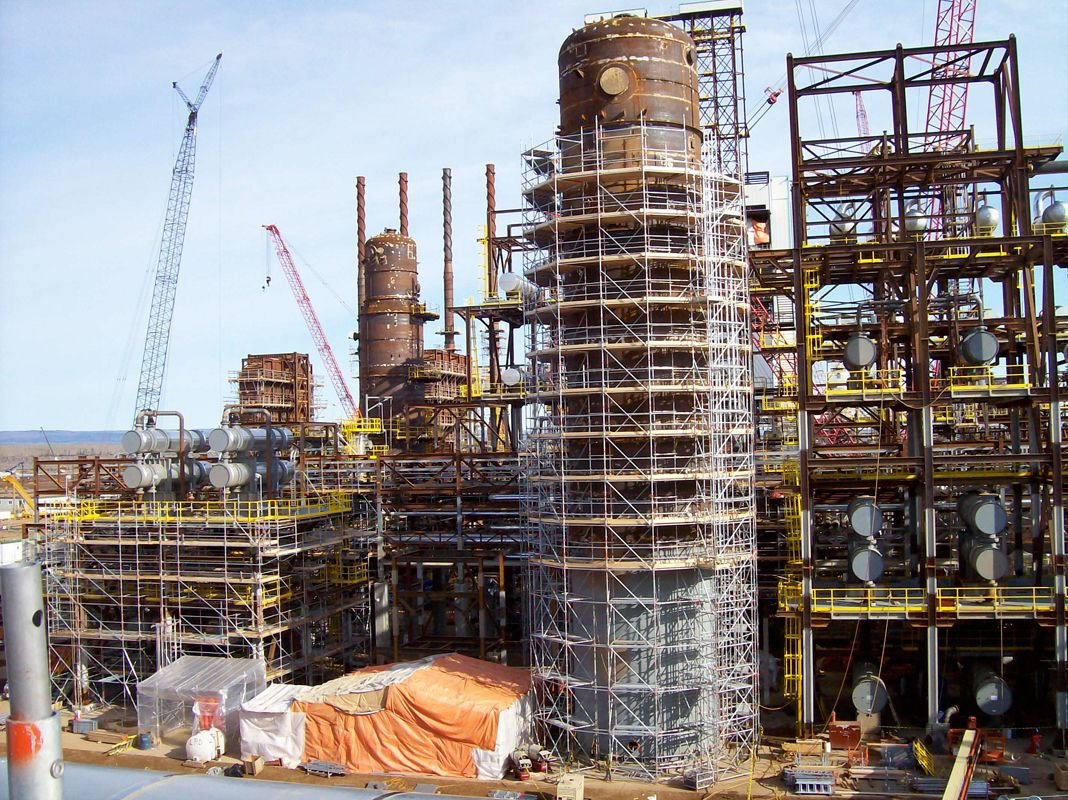
Subsurface Hazard Recognition - Scaffolding
Designing a scaffold is engineering work, but building one takes experience and knowledge.
